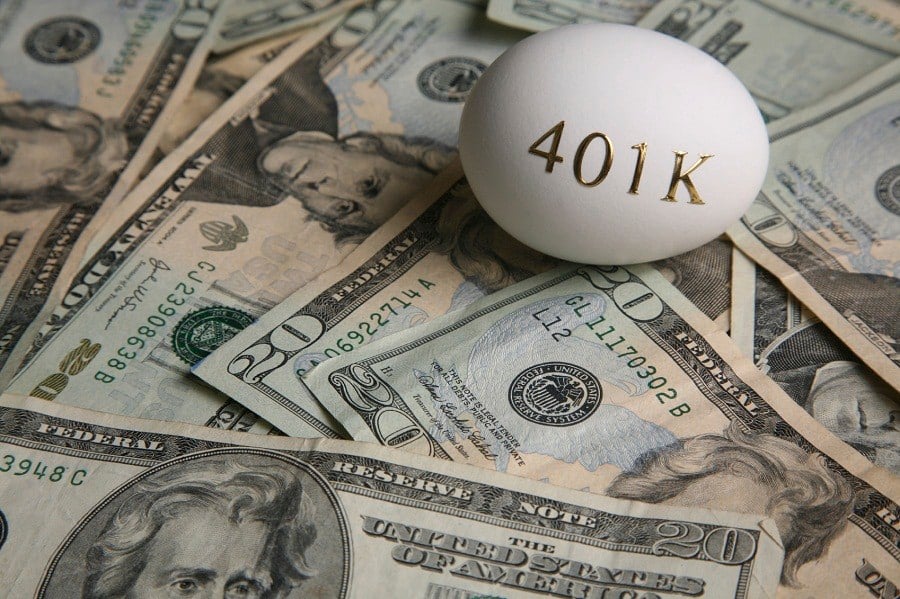

U.S. workers increasingly rely on defined-contribution plans like 401(k)s, rather than defined-benefit pension plans, for a portion of their retirement income. That reliance puts the burden on regulators and plan sponsors to safeguard employees’ retirement savings.
But U.S. regulators dropped the ball recently when the Department of Labor issued a letter clarifying that its regulations do not prohibit the use of private equity funds in 401(k) plans. The DOL’s move was applauded by Securities and Exchange Commission Chairman Jay Clayton, who has been working to change SEC rules that currently limit investing in private equity funds to accredited investors — those with a net worth of $1 million, excluding the value of their home — to allow retail investors to access private equity.
The DOL letter didn’t suggest giving employees direct access to private equity in their 401(k) accounts, but it said that private equity could be included among the holdings of a target-date or balanced fund offered by the plan. Even given that approach, though, using PE funds in 401(k)s is a bad idea.
Private equity funds traditionally have been the province of high-net-worth and institutional investors because of features like the high minimum investment required, the high fees that PE funds charge and the funds’ limited liquidity.
Since PE funds use investors’ money to take long-term stakes in businesses, they typically require a commitment of anywhere from three to 10 years. Such lockups would seem to pose a complication for 401(k) plans that need to cash out participants who are retiring or leaving the company.
And PE funds traditionally charge their investors 2 and 20: a 2% annual fee on assets under management and a 20% performance fee on the fund’s profits. In contrast, as of 2016, participants in large 401(k) plans were paying an average of 45 basis points for domestic equity funds and 35 basis points for domestic bond funds, according to data gathered by the Investment Company Institute and Brightscope. Research in recent years has emphasized the extent to which high fees can eat into investment returns over long time spans. Surely that applies to PE investments as well as mutual funds.
The big argument in favor of PE funds is that they will outperform other investments. In fact, in the Labor Department press release, Secretary of Labor Eugene Scalia cited the “strong returns” that alternative investments such as private equity funds can provide.
But recent research by Ludovic Phalippou, an economist at Oxford Saïd Business School, found that private equity funds’ returns since 2006 have averaged 11%, in line with what investors could have gotten from the stock market over that time frame. Meanwhile, from 2006 to 2015, the funds earned $230 billion in fees, Phalippou calculated.
PE funds are also opaque. Assessing a target-date fund’s PE component and monitoring its performance would seem to be a challenging task for the committees overseeing the 401(k) plans of small and midsize companies.
Of course, InvestmentNews reporter Emile Hallez has noted that despite the DOL letter, companies sponsoring retirement plans probably aren’t going to rush to add private equity to their DC plans. Plan sponsors are likely to be discouraged by the cost and complexity of private equity investments, and the slew of 401(k) lawsuits has left them wary.
But it seems clear that PE funds are interested in accessing some of the $7.9 trillion held in U.S. defined-contribution plans. The Labor Department should not be lending them a helping hand.

The 25-year industry veteran previously in charge of the Wall Street bank's advisor recruitment efforts is now fulfilling a similar role at a rival firm.

Former Northwestern Mutual advisors join firm for independence.

Executives from LPL Financial, Cresset Partners hired for key roles.

Geopolitical tension has been managed well by the markets.

December cut is still a possiblity.
Streamline your outreach with Aidentified's AI-driven solutions
This season’s market volatility: Positioning for rate relief, income growth and the AI rebound
